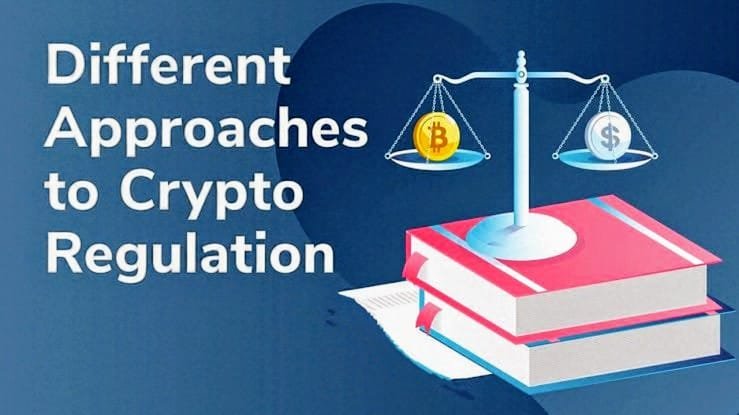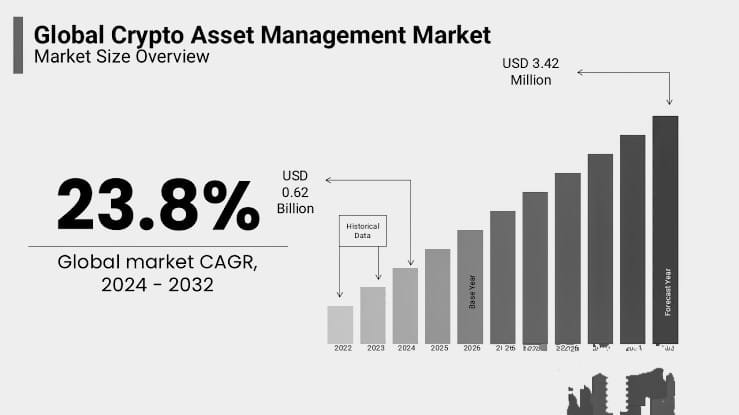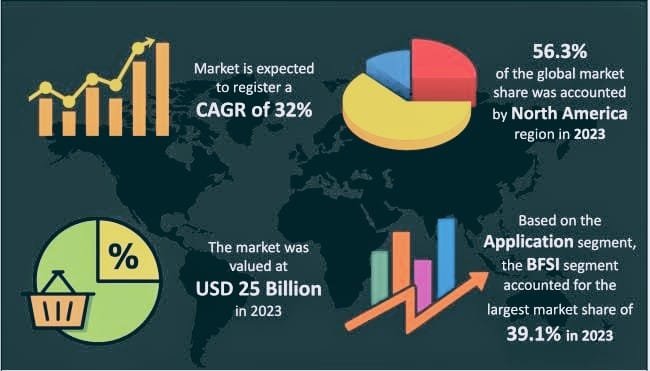The Essential Guide to Crypto Regulation Analysis:
Global finance has changed as a result of cryptocurrencies’ explosive rise, but strict regulation is also necessary to safeguard investors and preserve market stability. For governments, corporations, and people navigating this ever-changing environment, crypto regulation analysis has become an essential tool. Crypto regulation analysis guarantees that innovation flourishes without sacrificing security by looking at rules, dangers, and compliance tactics. We examine the significance of top Crypto regulation analysis frameworks, their operation, and their influence on the direction of digital assets in this blog.

What Is Crypto Regulation Analysis?
Crypto regulation analysis* involves evaluating the legal and policy frameworks governing digital assets. It assesses how rules impact market behavior, investor safety, and technological progress. For instance, top Crypto regulation analysis tools might scrutinize anti-money laundering (AML) laws or tax policies affecting exchanges. This process helps stakeholders identify gaps, predict regulatory shifts, and align operations with compliance standards. Without effective Crypto regulation analysis, markets risk instability, fraud, and stifled innovation.
Governments rely on Crypto regulation analysis to design balanced policies. For example, the EU’s Markets in Crypto-Assets (MiCA) framework was shaped by extensive Crypto regulation analysis to harmonize rules across member states. Similarly, businesses use top Crypto regulation analysis reports to avoid penalties and build trust with users. Whether you’re a trader, developer, or policymaker, understanding Crypto regulation analysis is key to thriving in the crypto economy.
Why Crypto Regulation Analysis Matters:
The absence of clear regulations can lead to disasters like the FTX collapse, where poor oversight enabled fraud and mismanagement. Crypto regulation analysis mitigates such risks by identifying weak points in governance and enforcement. For example, top Crypto regulation analysis frameworks flagged centralized exchanges’ custody practices as a vulnerability long before FTX’s downfall. By addressing these issues proactively, regulators can protect users while fostering growth.
Investors also benefit from *Crypto regulation analysis. Transparent rules reduce uncertainty, attracting institutional capital to projects like Bitcoin ETFs. Meanwhile, startups use *top Crypto regulation analysis to navigate licensing requirements and avoid legal pitfalls. In regions like Singapore, rigorous Crypto regulation analysis has created a thriving ecosystem where innovation coexists with strict AML checks. Simply put, Crypto regulation analysis is the backbone of a sustainable crypto market.
Global Approaches to Crypto Regulation Analysis:
Countries adopt vastly different strategies toward Crypto regulation analysis, reflecting their economic priorities and risk appetites.

1) Pro-Innovation Hubs:
El Salvador made Bitcoin legal tender, using Crypto regulation analysis to integrate it into national infrastructure.These regions prioritize growth but face challenges in fraud prevention and consumer education.Switzerland’s “Crypto Valley” thrives under clear guidelines shaped by top Crypto regulation analysis.
2) Restrictive Regimes:
China banned crypto trading in 2021, citing financial risks identified through Crypto regulation analysis.
- India imposes heavy taxes to deter speculation, though critics argue this stifles blockchain innovation.
- Such policies highlight how Crypto regulation analysis can be used to curb, rather than guide, the sector.

3) Balanced Frameworks:
The EU’s MiCA legislation, informed by cross-border Crypto regulation analysis, standardizes rules for stablecoins and exchanges.
- The U.S. combines SEC enforcement with state-level sandboxes, though critics demand clearer federal guidelines.
- Top Crypto regulation analysis here focuses on harmonizing innovation with investor protection.
Key Challenges in Crypto Regulation Analysis:
Despite its importance, Crypto regulation analysis faces hurdles that complicate its implementation.
1) Pace of Innovation:
eFi platforms and NFTs operate on decentralized networks, evading traditional oversight.
- Top Crypto regulation analysis must adapt to smart contracts and DAOs, which lack centralized control.
- Regulators struggle to keep up, leading to reactive policies instead of proactive frameworks.
2) Cross-Border Conflicts:
A crypto exchange might comply with Japan’s FSA rules but violate the EU’s GDPR.
- Crypto regulation analysis must reconcile these disparities to enable global operations.
- Initiatives like FATF’s Travel Rule aim to standardize AML reporting across jurisdictions.
3) Environmental Concerns:
Proof-of-work blockchains like Bitcoin consume vast energy, prompting green regulations.
- The EU now requires crypto firms to disclose sustainability data, a move guided by Crypto regulation analysis.
- Balancing ecological goals with technological progress remains a contentious issue.

How Top Crypto Regulation Analysis Tools Work:
Leading firms use advanced tools to conduct top Crypto regulation analysis, combining legal expertise with data analytics.
1) Compliance Software:
Platforms like Chainalysis and Elliptic track transactions for AML violations.
- These tools automate Crypto regulation analysis, flagging suspicious activity in real time.
- Exchanges rely on them to meet FATF’s Travel Rule and avoid sanctions.
2) Legal Advisories:
Firms like PwC offer top Crypto regulation analysis reports detailing jurisdiction-specific risks.
- These advisories help businesses structure token sales, tax strategies, and governance models.
- For example, Japan’s FSA provides clear guidelines for stablecoin issuers post-Terra collapse.
3) Policy Advocacy:
Groups like CoinCenter conduct Crypto regulation analysis to lobby for fair laws.
- Their research highlights overreach, such as the SEC’s controversial application of securities laws.
- Advocacy ensures regulations support innovation rather than suppress it.
Crypto Regulation Analysis in Action:
1) Singapore’s Success Story:
he Payment Services Act (2019) emerged from rigorous Crypto regulation analysis, mandating AML checks for exchanges.
- This framework attracted firms like Binance and Coinbase, cementing Singapore as a crypto hub.
- Top Crypto regulation analysis here balanced security with a pro-business environment.
2) China’s Ban and Its Aftermath:
China’s 2021 crypto crackdown, informed by Crypto regulation analysis, aimed to curb capital flight.
- While trading volumes plummeted, miners migrated to Kazakhstan and Texas, decentralizing the network.
- The ban underscores how extreme measures can backfire, pushing activity underground.
The Future of Crypto Regulation Analysis:
1) Central Bank Digital Currencies (CBDCs):
Over 90 countries are exploring CBDCs, requiring Crypto regulation analysis to integrate them with existing crypto assets.
- The digital euro and e-yuan could reshape payments, necessitating cross-jurisdictional top Crypto regulation analysis.
2) DeFi Regulation:
Regulators are scrutinizing decentralized platforms like Uniswap, which lack intermediaries.
- Crypto regulation analysis will focus on smart contract audits and governance token oversight.
3) Global Collaboration:
- Global Collaboration:
- G20 nations are drafting unified crypto tax reporting standards to combat arbitrage.
- Such efforts rely on top Crypto regulation analysis to align diverse legal systems.
Choosing Top Crypto Regulation Analysis Frameworks:
When evaluating top Crypto regulation analysis providers, consider these factors:
1) Daptability:
Can the framework adjust to new assets like NFTs or AI-driven tokens?
2) Transparency:
Does it offer clear metrics for compliance, such as audit trails or risk scores?
3) Global Coverage:
Does it address jurisdiction-specific rules, from MiCA to U.S. state laws?
4) Cost Efficiency:
Are tools priced for startups, or do they cater only to institutions?
Firms like TRM Labs and Elliptic lead in top Crypto regulation analysis, offering scalable solutions for all market participants.
Conclusion:
Crypto regulation analysis* is not a barrier to innovation—it’s a catalyst for sustainable growth. By addressing risks like fraud and environmental harm, top Crypto regulation analysis builds trust and attracts mainstream adoption. As the sector evolves, stakeholders must prioritize collaboration, leveraging tools and insights to stay ahead. Whether you’re a trader, policymaker, or developer, understanding Crypto regulation analysis is essential for navigating the crypto revolution responsibly.
